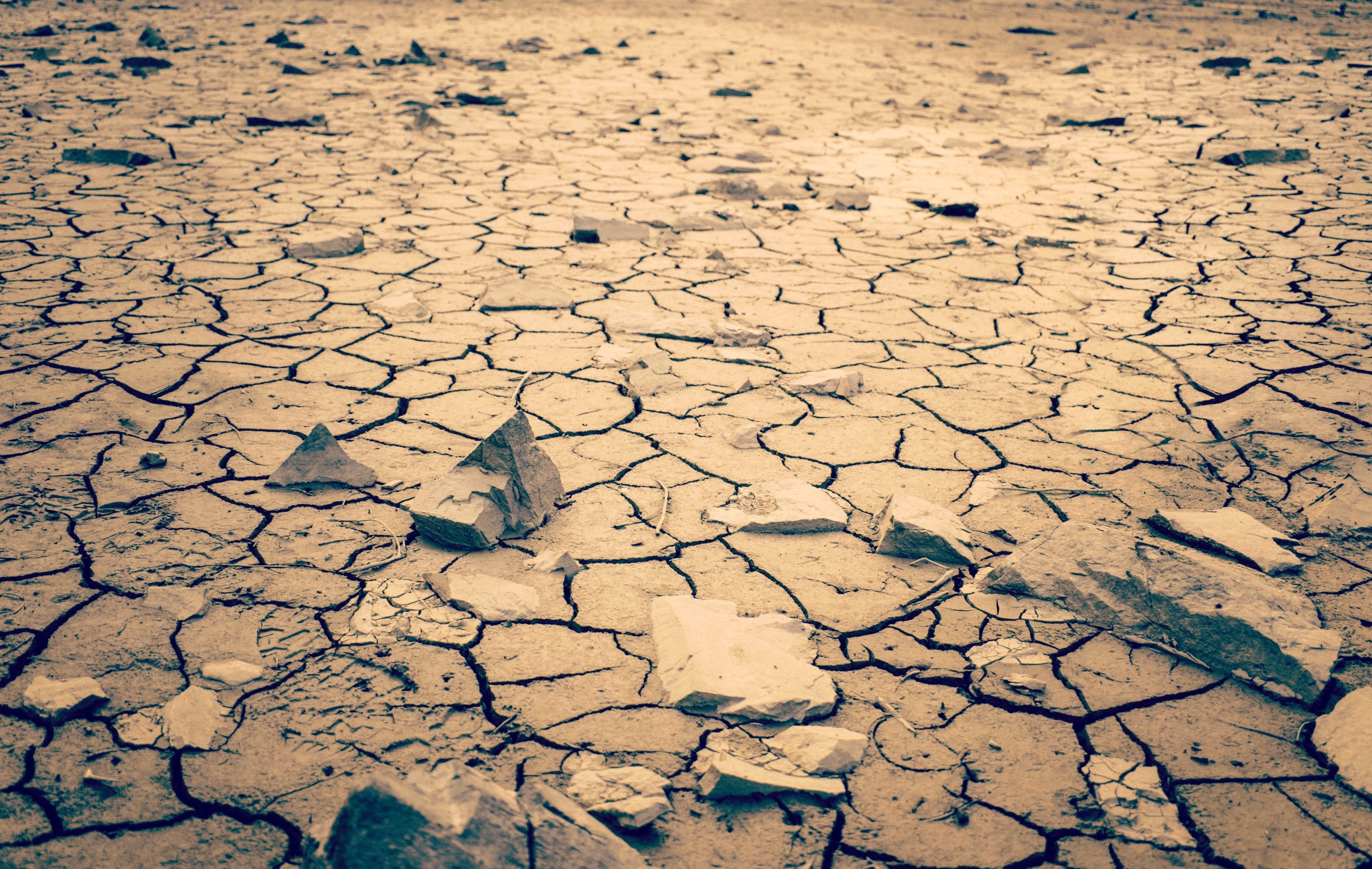Nature.com, Davide Castelvecchi, June 16, 2023
Human depletion of underground reservoirs has shifted the global distribution of water so much that the North Pole has drifted by more than 4 centimetres per year.
The net water lost from underground reservoirs between 1993 and 2010 is estimated to be more than 2 trillion tonnes. That has caused the geographic North Pole to shift at a speed of 4.36 centimetres per year, researchers have calculated. The results appeared on 15 June in Geophysical Research Letters.
A wobbling of the Earth
The tilt of the axis on which any celestial object spins tends to be stable. But small changes can occur when large masses shift location inside a planet and on its surface. “Every mass moving around on the surface of the Earth can change the rotation axis,” says Ki-Weon Seo, a geophysicist at Seoul National University.
Astronomers can track such motions in the Earth’s axis by observing quasars, the bright centres of distant galaxies that constitute practically immobile points of reference. The largest axis change is seasonal and is triggered by the motion of atmospheric masses as the weather and seasons change. This effect causes the Earth’s geographic poles to wobble by up to several metres every year.
Shifts in water masses can cause smaller but still measurable changes in the tilt of Earth’s axis. Until recently, researchers thought that these water-driven effects would be caused mainly by the melting of glaciers and ice caps. But when Seo and his collaborators tried to model the Earth’s water content to account for how much the axis has tilted, they could not fully explain the data. Adding the effects of changes in surface reservoirs did not help, says Seo, “so I just scratched my head and said, ‘probably one effect is groundwater’”.







